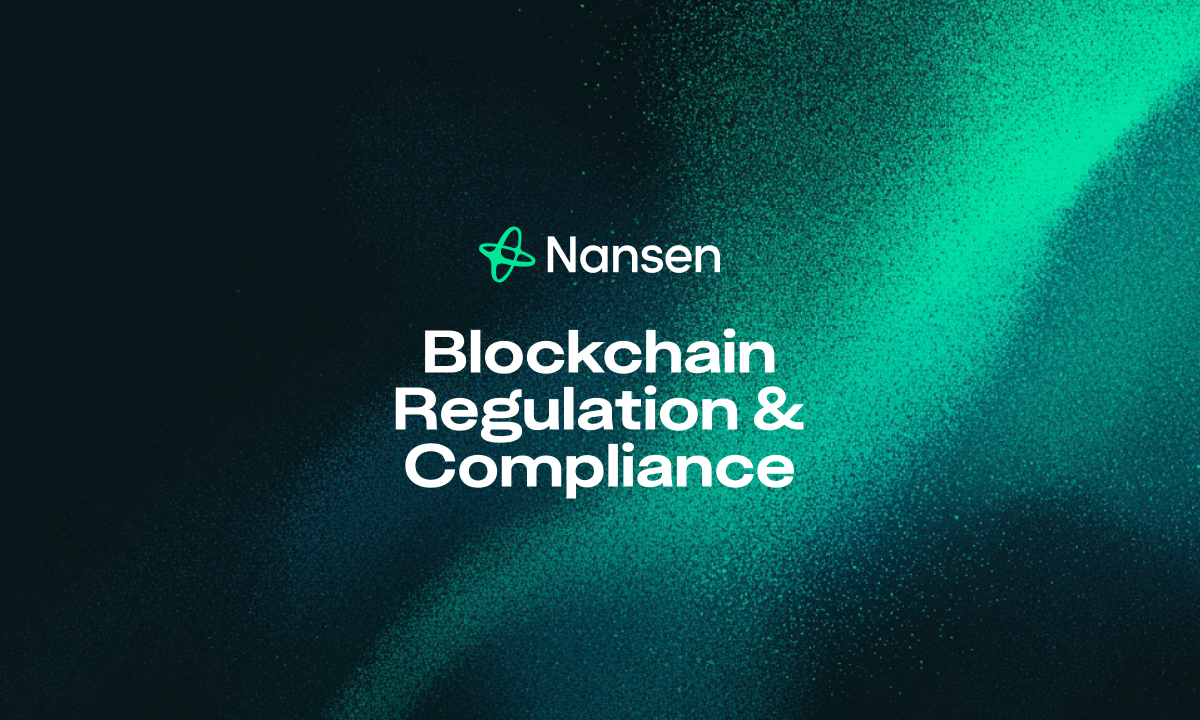Institutions utilizing blockchain analytics must navigate a complex web of regulations focusing on Anti-Money Laundering (AML), Counter-Terrorist Financing (CFT), data privacy laws like GDPR and CCPA, market integrity, and sanctions compliance. These regulatory demands require advanced blockchain analytics tools to detect illicit transactions, assess risk, and maintain transparency. Adhering to these standards ensures operational integrity and regulatory alignment, empowering institutions to thrive in an evolving digital asset environment.
Understanding Anti-Money Laundering (AML), Counter-Terrorist Financing (CFT), and Sanctions Compliance in Blockchain Analytics
Institutions are legally obligated to prevent their platforms from being exploited for money laundering and terrorist financing. Blockchain analytics platforms play a critical role in meeting these obligations by providing transaction transparency and actionable insights.
Effective Transaction Monitoring and Risk Scoring
Real-time and historical blockchain analysis enables institutions to:
- Detect unusual transaction volumes or frequency deviations from standard user behavior.
- Trace funds across multiple wallet addresses and blockchain networks to reveal layering and obfuscation.
- Assign risk scores to addresses and transactions by evaluating connections to illicit entities or high-risk services such as mixers and darknet markets.
- Generate timely alerts when suspicious activities are detected to facilitate prompt investigation and compliance reporting.
Enhanced Know Your Transaction (KYT) and Wallet Due Diligence
Institutional blockchain policies extend beyond traditional KYC to include KYT, focusing on identifying the origin and destination of funds:
- Vetting wallets for association with sanctioned individuals or illicit networks.
- Assessing risk profiles of transactions to understand exposure across counterparties.
- Maintaining immutable audit trails that demonstrate rigorous adherence to compliance standards and ease regulatory audits.
Comprehensive Sanctions Screening
Global sanctions, including those from the Office of Foreign Assets Control (OFAC), require blockchain analytics to:
- Screen digital asset addresses against updated sanctions lists to block prohibited transactions.
- Identify indirect risks by tracing funds passing through sanctioned networks at any point in their history.
- Implement automation that flags or blocks transactions in real time to ensure continuous compliance with global regulations.
Navigating Data Privacy, Protection, and Security in Blockchain Analytics
While blockchain data is pseudonymous, linking analytics data to real-world identities raises complex privacy issues. Institutions must incorporate robust data protection measures to stay compliant with privacy laws and safeguard user information.
Addressing GDPR and CCPA Requirements
Key privacy regulations influence how institutions handle blockchain analytics data:
- Employ anonymization and pseudonymization methods to limit personal data exposure while preserving analytical effectiveness.
- Adhere to data minimization by collecting only the necessary information relevant to compliance and operational needs.
- Ensure transparency and secure user consent regarding data analysis practices, granting users applicable data access and control rights.
Strengthening Cybersecurity and Ensuring Data Integrity
Protecting sensitive blockchain data requires stringent cybersecurity protocols:
- Deploy secure storage solutions with strict access controls to safeguard analytics platforms from unauthorized breaches.
- Conduct regular security audits and penetration testing to identify and fix system vulnerabilities promptly.
- Guarantee data integrity by validating blockchain data accuracy to avoid flawed compliance judgments and regulatory risks.
Upholding Market Integrity, Regulatory Reporting, and Adapting to the Evolving Regulatory Landscape
Blockchain analytics not only support compliance but also promote healthy market behavior and prepare institutions for regulatory changes.
Detecting Market Manipulation and Illicit Trading Activities
Analytics tools help preserve market fairness by:
- Identifying wash trading, spoofing, and other manipulative trading patterns designed to distort prices.
- Detecting insider trading through suspicious transaction timing linked to market-moving announcements.
- Uncovering fraudulent schemes like rug pulls, scams, and Ponzi schemes, protecting investors and institutional stakeholders.
Facilitating Regulatory Reporting and Maintaining Audit Trails
To satisfy regulatory requirements, institutions must:
- Generate detailed and immutable records documenting alerts, investigations, and actions taken for compliance purposes.
- Automate creation of regulatory filings such as Suspicious Activity Reports (SARs) with accurate and structured data.
- Provide regulators with transparent insights facilitating verification of compliance efforts during audits and examinations.
Staying Agile Amid Evolving Global Blockchain Regulation
The regulatory landscape varies worldwide and evolves rapidly. Institutions should:
- Monitor updates from key regulators and international bodies including FATF, SEC, FINCEN, and FCA.
- Implement flexible blockchain analytics platforms that adapt to new data streams and compliance requirements.
- Engage in industry collaborations and dialogues to shape effective institutional blockchain policies.
Frequently Asked Questions
Why is blockchain analytics crucial for institutions?
Blockchain analytics empowers institutions to comply with AML, CFT, and sanctions regulations by providing transparency in transaction monitoring, risk evaluation, and regulatory reporting—vital for secure and compliant digital asset management.
What are the main data privacy concerns with blockchain analytics?
Key concerns include the potential re-identification of pseudonymous blockchain data, requiring strict adherence to privacy laws such as GDPR and CCPA through data minimization, anonymization, and cybersecurity protections.
How do global regulations impact institutional blockchain analytics?
Global regulatory diversity compels institutions to adopt analytics solutions capable of adapting to various AML, CFT, sanctions, and data privacy requirements, ensuring consistent compliance and future readiness.
Conclusion
Effective navigation of blockchain regulation and compliance is essential for institutions leveraging blockchain analytics. By implementing comprehensive compliance strategies and leveraging advanced analytics, financial entities can manage risks proactively, adhere to institutional policies, and foster trust in the digital asset ecosystem. Discover how Nansen’s real-time onchain data solutions can empower your institutional analytics and regulatory efforts today.




